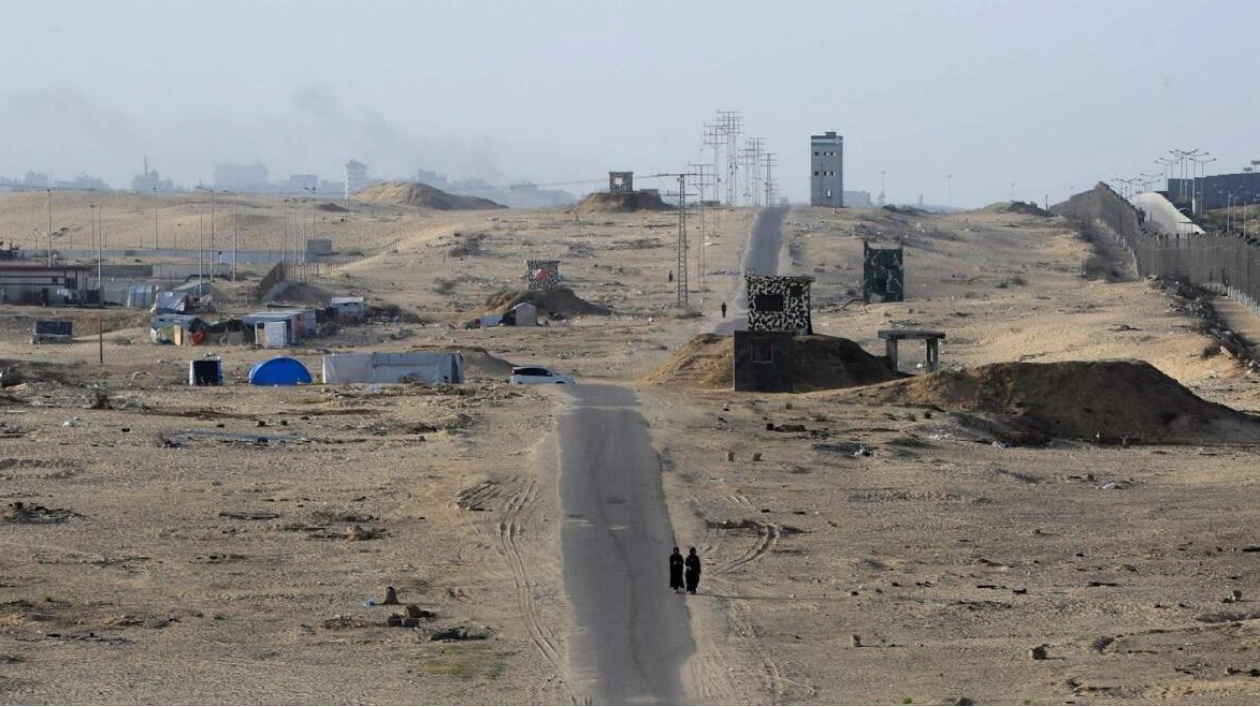Israeli forces carried out airstrikes and ground attacks in the Gaza Strip, resulting in the death of at least 50 Palestinians. The conflict intensified as Hamas militants engaged in close combat with Israeli troops in the city of Rafah. Tanks advanced in the southeast of Rafah and moved towards the densely populated western district of Yibna. Simultaneously, Israeli offensives in the northern and southern regions caused widespread displacement of Palestinians, disrupting aid access and raising concerns about famine.
Israel justified its actions as essential to rooting out Hamas fighters believed to be sheltering in Rafah. The military's strategic maneuvers aimed to protect civilians and dismantle Hamas infrastructure. Despite international pleas for restraint, the violence has prompted a mass exodus, leaving hundreds of thousands of civilians displaced and stranded in dire conditions.
The Norwegian Refugee Council highlighted the dire situation in Rafah, describing the city as consisting of distinct zones: a war-torn east, a deserted middle, and a densely populated yet debilitated west. The escalation of the ground offensive in Jabalia and the targeting of Beit Hanoun aimed to thwart any potential resurgence of Hamas activity in these areas.
In addition to the fatalities, the airstrikes caused significant damage, including the destruction of a store belonging to the welfare ministry. The Israeli military emphasized the targeted nature of its operations, citing the elimination of key Hamas figures and infrastructure. The ongoing violence claimed the lives of senior Hamas officials, further exacerbating the humanitarian crisis.






